
 Image: Massimiliano Calamelli
Image: Massimiliano Calamelli
Diamonds in the coal
To be honest, coming up with a list of tech’s biggest victories was a lot harder than rounding up the failures. This was a tough year in which a lot of ideas didn’t pan out, and many products didn’t survive. But from virtual reality to blazingly-fast graphics cards, 2016 wasn’t all bad news. Consider this list your much-needed dose of optimism.
Truly next-gen graphics
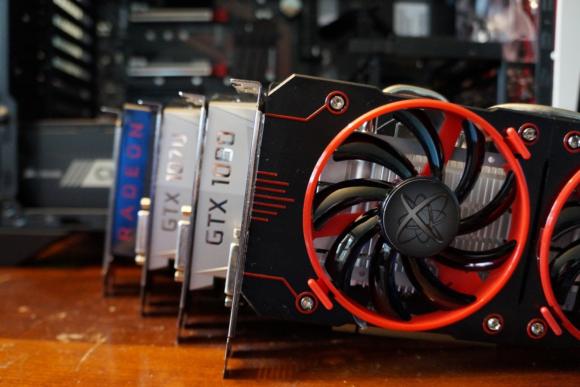
Image by Brad Chacos
It only took four years, but Nvidia and AMD both made major leaps in graphics card technology in 2016, moving from a 28 nanometer process to 16nm in Nvidia’s Pascal GPUs, and to 14nm in AMD’s Polaris GPUs. The result? Virtual reality on a budget with Nvidia’s $250 GeForce GTX 1060 and AMD’s $200 Radeon RX 480. The performance of a $1,000 GTX Titan X at nearly one-third of the price. Professional VR content creation for under $1,000. 4K gaming at close to 60 frames per second. It’s a fine time to be a PC gamer.
PC and Xbox united

Microsoft has talked about unifying Xbox and PC gaming for years, but in 2016 it actually happened. With Xbox Play Anywhere, you can now buy certain Microsoft games—including the excellent Forza Horizon 3 and Gears of War 4—and play them on either Xbox One or PC, with save progress seamlessly carrying over. (Support for third-party publishers is supposedly on the way.) Cross-platform multiplayer is also underway with games like Killer Instinct and Rocket League, and PC makers can now build Xbox One wireless-controller support directly into their systems. For gamers who don’t see the sacrilege in playing on both PC and console, Microsoft is getting it right.
Rise of the streaming bundle
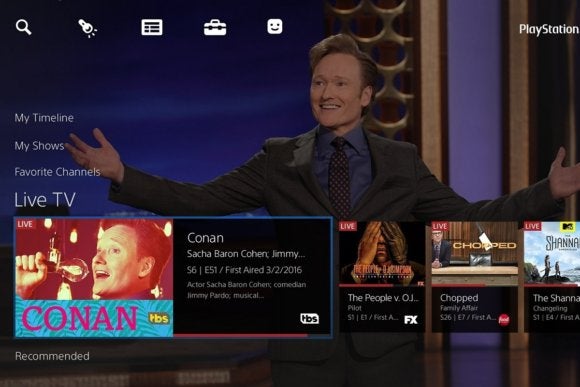
Although Sling TV introduced the streaming channel bundle in 2015, this year the market got serious with PlayStation Vue’s nationwide expansion and AT&T’s launch of DirecTV Now. Hulu also confirmed that it will join the fray in 2017. As a concept, the bundle of TV channels isn’t going away anytime soon, but at least now you can free yourself from long-term contracts, expensive set-top box rental fees, shady promotional pricing, and burdensome cancellation processes. You’ll probably save money despite what the naysayers tell you.
That’s a lot of Raspberries Pi
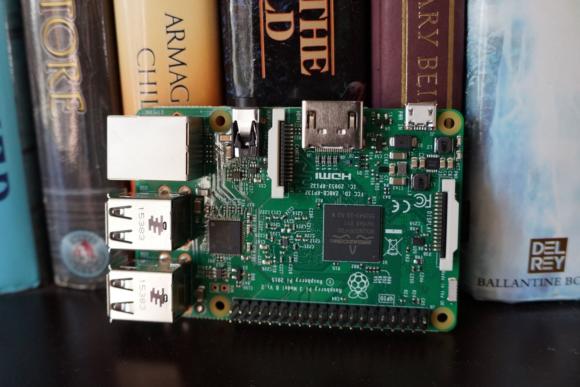
Image by Brad Chacos
Back in September, Raspberry Pi founder Eben Upton said he originally expected to sell maybe 10,000 units of the cheap, hackable mini computers. The reason for his reminiscence? In less than five years, more than 10 million Raspberry Pi units have been sold. That’s quite a feat for a machine that doesn’t actually do anything out of the box. It makes more sense, however, when you consider that people have used their Pis to create voice-controlled microwaves, portable game emulators, cheap streaming set-top boxes, connected picture frames, and hi-fi audio players, along with many more practical projects.
Nintendo finds its footing
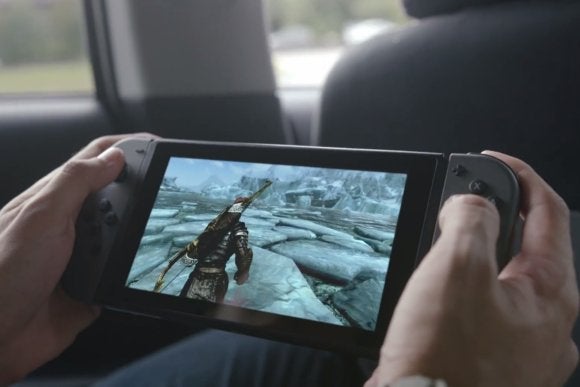
Between disastrous Wii U sales and the declining 3DS handheld, Nintendo’s had a rough few years, but 2016 looked like the start of a comeback. Pokemon Go’s overnight success made Nintendo a topic of conversation again—even though the firm had little to do with the game’s development—while Super Mario Run looks to be the company’s first genuine mobile hit. On the console front, the hotly anticipated Nintendo Classic is impossible to find (you might blame Nintendo for failing to anticipate the holiday sensation on its hands), while the upcoming Nintendo Switch is stirring genuine excitement from console gamers.
Anything could happen in 2017, but at this point it’s Nintendo’s game to lose.
1 billion iPhones (and most of the profits)

Debate all you want about whether the iPhone’s best days are behind it; in July, lifetime iPhone sales hit the 1 billion mark, a staggering milestone for the product that kicked off the modern smartphone era. It’s hard to imagine any other single tech product—from Apple or anyone else—being as successful or transformative, especially when you consider that Apple takes the vast majority of the smartphone industry’s profits.
VR gets real
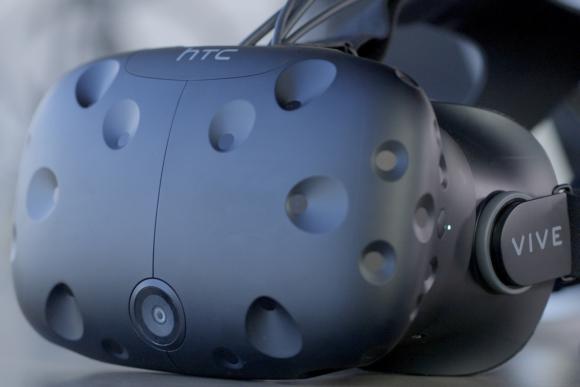
Image by Adam Patrick Murray
After years of trade show demos, breathless hype, and the inevitable delays, 2016 was the year that high-end virtual- and augmented-reality headsets became real, shipping products. The Oculus Rift launched in March, the HTC Vive wasn’t far behind in April, and Sony’s PlayStation VR followed in October. And while Microsoft’s HoloLens augmented-reality headset isn’t a consumer product, it too is available for purchase if you’re a developer with $3,000 to spare. It may be years before these technologies see mainstream adoption, but those who want a glimpse of the future don’t have to wait any longer.
Chrome dominates the desktop browser wars
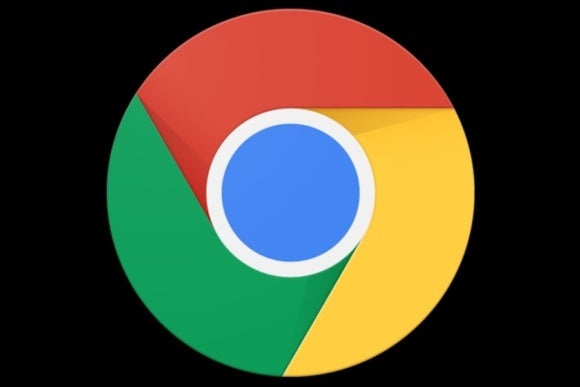
Until this year, it was possible to argue that Google Chrome was not the most popular desktop web browser, as metrics firm Net Applications still showed Microsoft’s Internet Explorer in the lead. That changed in May, when Chrome became the undisputed browser champion. A few months later, Chrome put an exclamation point on its victory by surpassing 50 percent market share in Net Applications’ estimates. Alternative desktop browsers are getting interesting, with new options like Vivaldi and a revitalized Microsoft Edge, but Chrome isn’t going anywhere.
AlphaGo AI plays games…and crushes

AI was a major theme in 2016, with tech giants like Google, Microsoft, Apple, and Amazon all touting their machine-learning chops and virtual-assistant skills. But nothing underscored the coming AI invasion like DeepMind’s AlphaGo, which has become so skilled at the strategy board game Go that it trounced world champion Lee Se-dol four games to one. (DeepMind is a subsidiary of Google parent company Alphabet.) Researchers have long viewed Go—with 361 potential moves on the first turn alone—as the ultimate AI challenge, yet Lee said AlphaGo’s decisive victory left him feeling “powerless.” It’s a win for technology, but for humanity maybe not so much.
AMD Ryzen shines
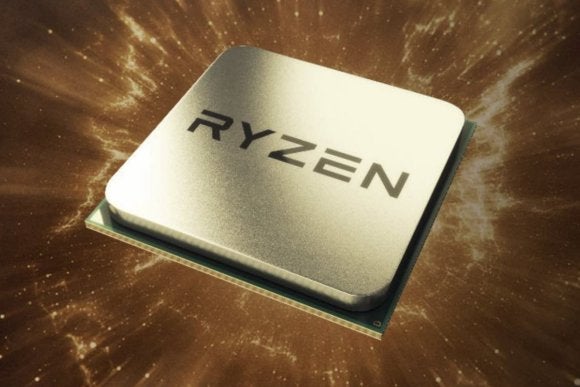
AMD’s days as a CPU also-ran may be over with its upcoming Ryzen chips based on a new Zen architecture. The first Ryzen consumer offering, an 8-core chip code-named Summit Ridge, appears to best Intel’s high-end Core-i7 6900K CPU in initial benchmarks, while consuming considerably less power. AMD hasn’t revealed some crucial details about Ryzen, including price and “boost” speed, but what we’ve seen so far suggests that the CPU game is about to get competitive again.
Here’s hoping Ryzen lives up to the hype when it launches in the first quarter of 2017.


